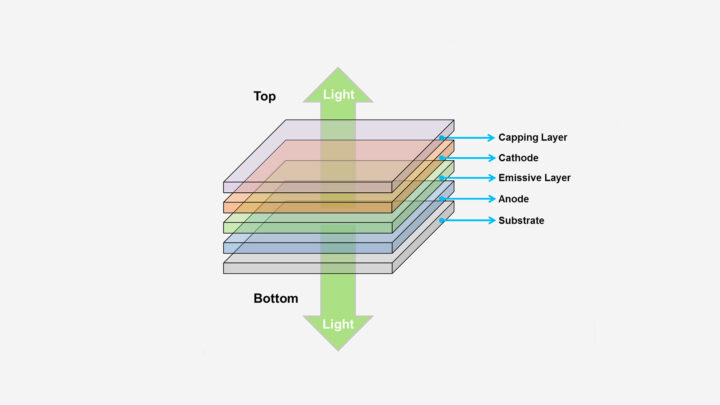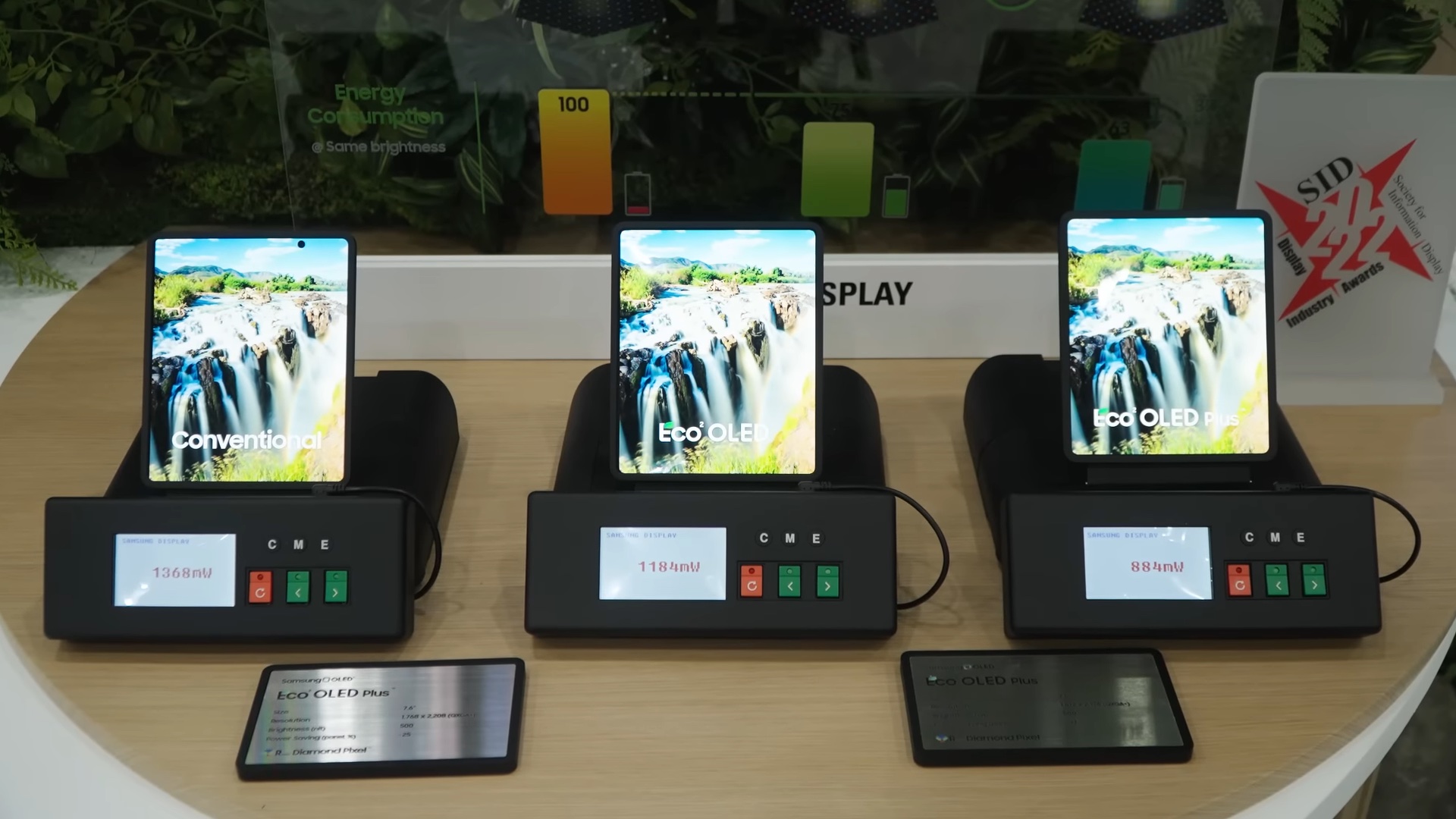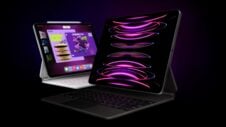Samsung Display and LG Display are the world's biggest manufacturers of OLED panels for smartphones, tablets, laptops, and TVs. Their OLED panels are used in various products from multiple brands. Last year, Samsung introduced Eco2 OLED panels with improved power efficiency, and those panels are used in the Galaxy Z Flip 4 and the Galaxy Z Fold 4. Now, these companies are trying to develop OLED panels that offer improved light efficiency and longer life.
Samsung Display and LG Display are developing OLED panels that use a low-refractive CPL (Capping Layer). An extremely thin capping layer is placed on top of the cathode, thereby lowering the loss of light that happens when emitted light is reflected by electrodes nearby. The capping layer that is currently being used has high refraction, and adding a low-refractive capping layer to it can reduce light loss in an even better way, thereby improving light efficiency, power efficiency, and product life. However, adding a low-refractive capping layer may further increase the cost and complexity of OLED panels.

LG uses a similar technology called MLA (Micro Lens Array) in its large-sized OLED panels for TVs. This layer, which consists of billions of convex lenses, gathers the light produced by the emissive layer and stops it from reflecting around. As a result, OLED panels with MLA can offer 20% higher brightness while using the same amount of power.
Future smartphones, tablets, and laptops with OLED screens can have higher brightness, improved power efficiency, and longer life
It is being reported by TheElec that Samsung Display and LG Display are in talks with their biggest clients, Apple and Samsung MX (Smartphone Division). If they agree to use OLED panels with higher costs, LG Display and Samsung Display can develop OLED panels for phones, tablets, and even laptops.
Dongjin Semichem, Hodogaya, Labto, and PNH Tech are the firms developing CPL layers for OLED panels. Dongjin Semichem, Hodogaya, and Labto are already in talks with Samsung Display, while PHN Tech is in LG Display's supply chain. These smaller OLED material manufacturing firms have already sent samples to LG Display and Samsung Display. If Apple and Samsung MX agree, mass production of OLED panels with a low-refractive capping layer can be started.
In the future, we may see smartphones, tablets, and laptops from Samsung that have OLED screens with higher brightness while consuming lower power. Such OLED screens can also potentially last longer than the current OLED screens.







